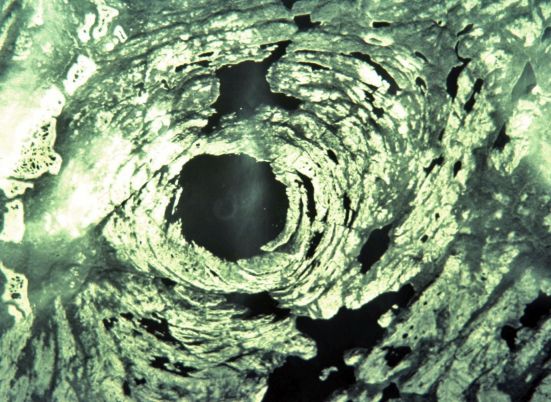

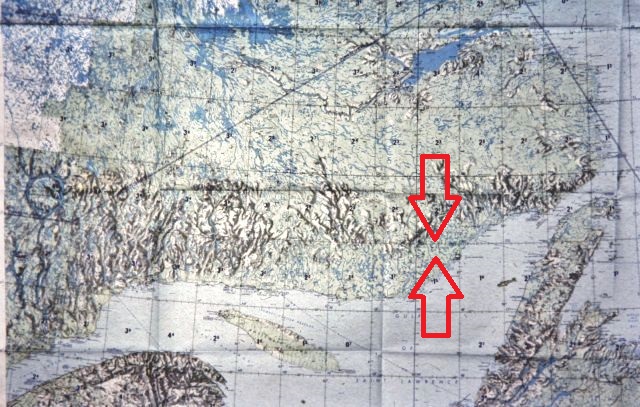
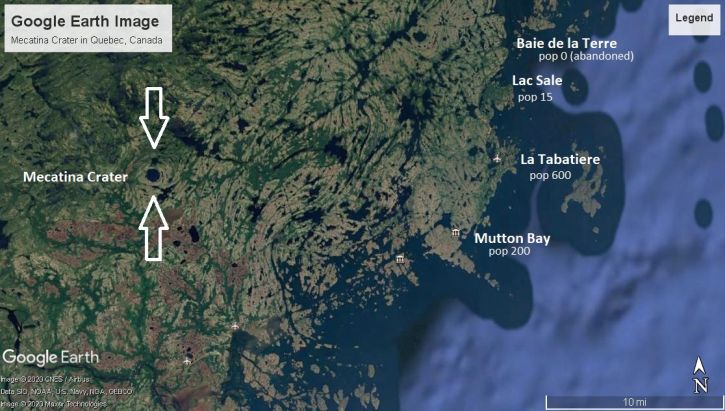

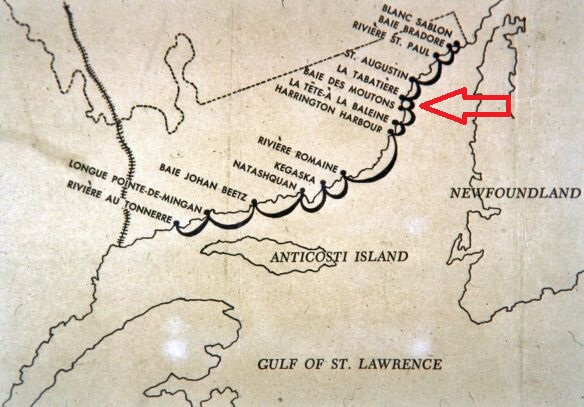
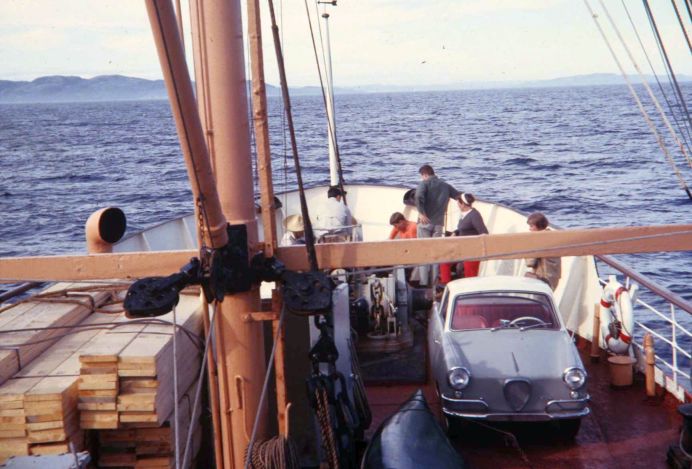

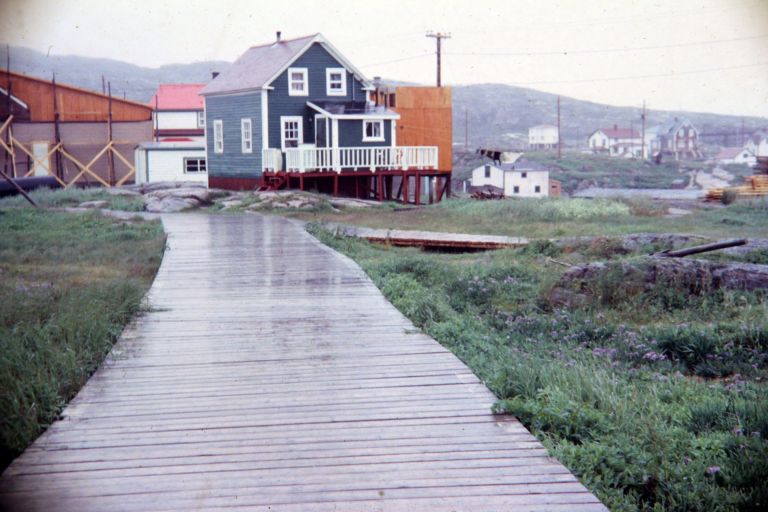
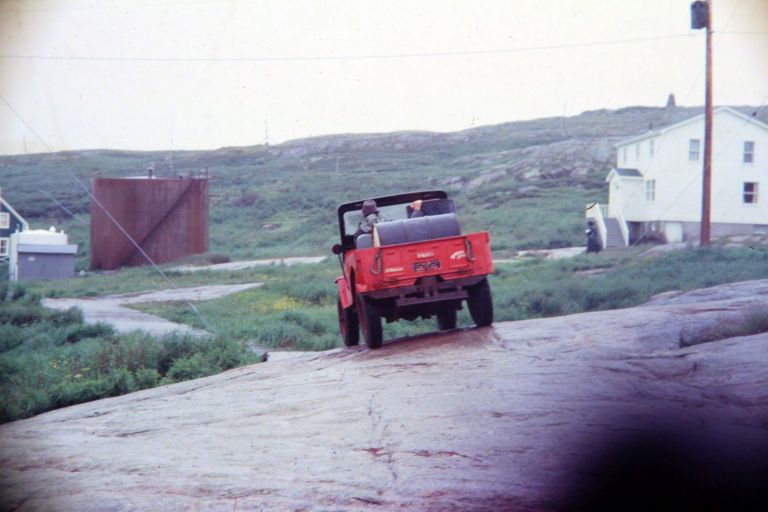
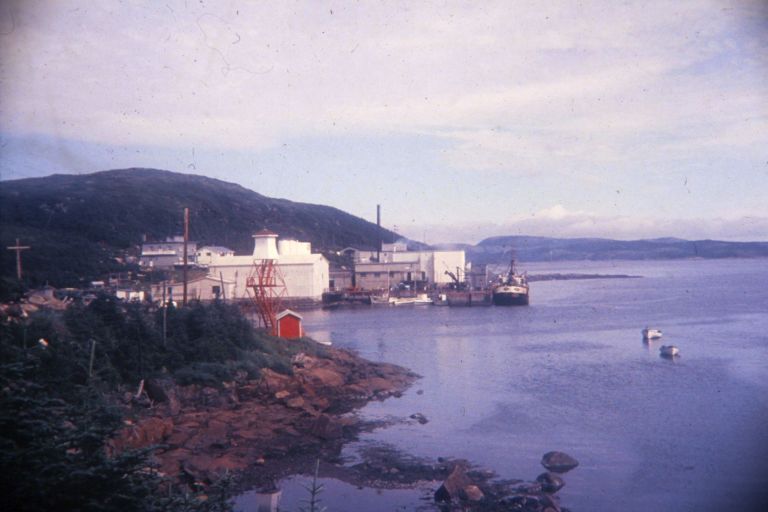

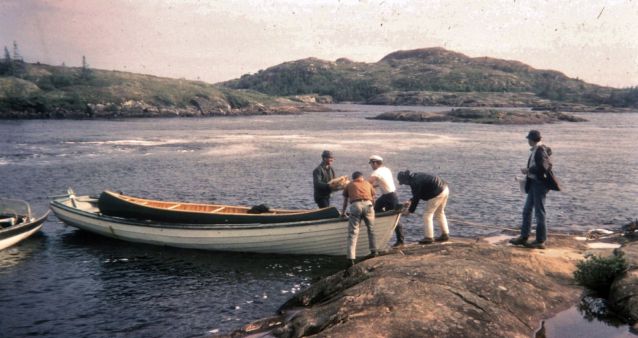


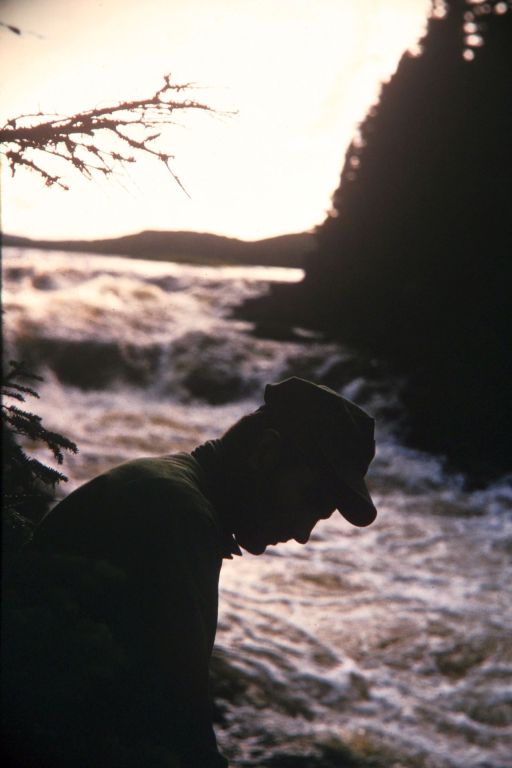

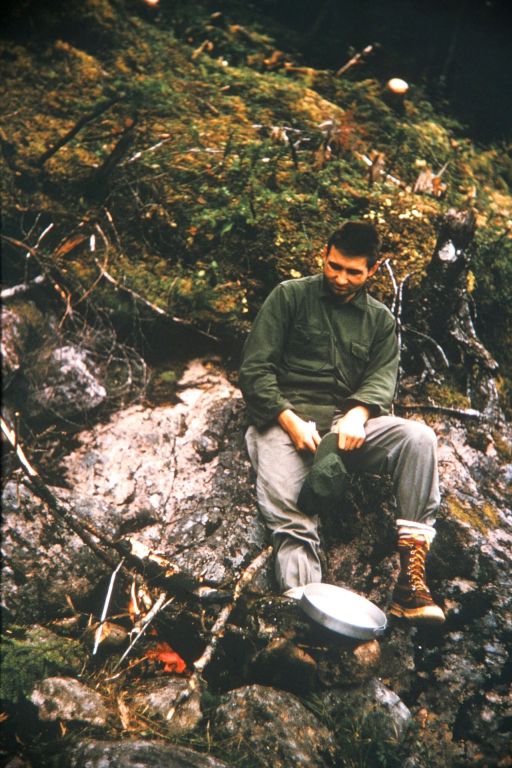
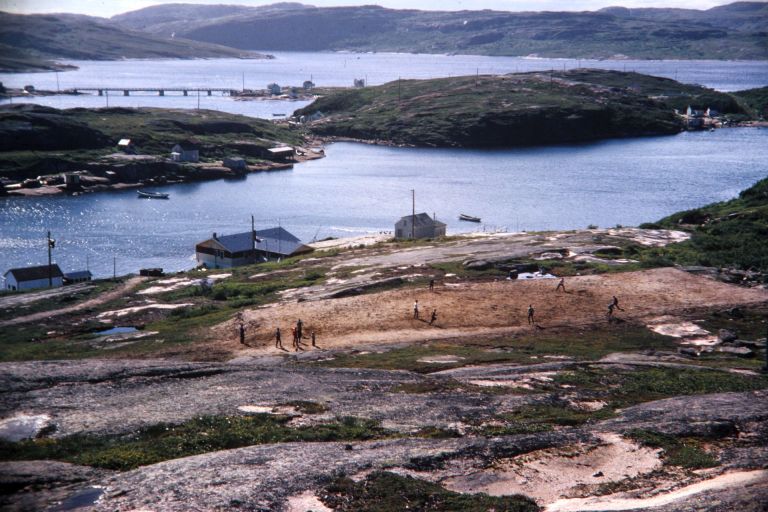
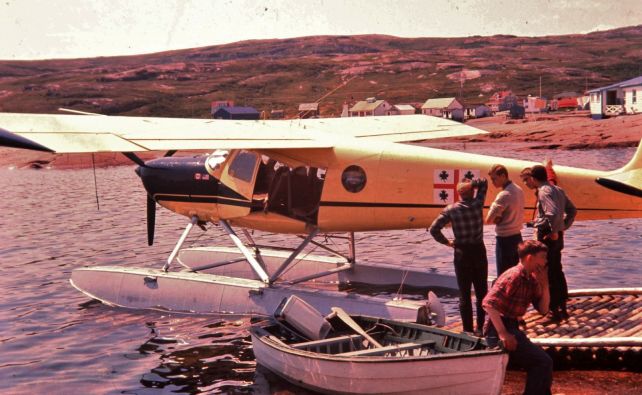


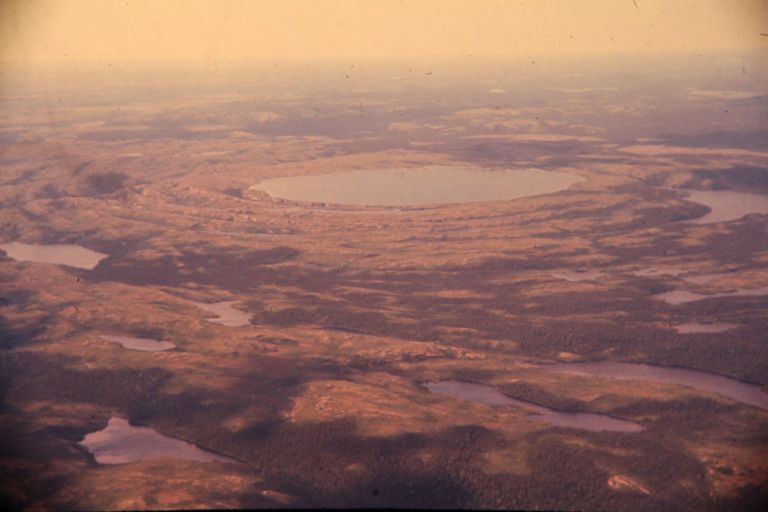
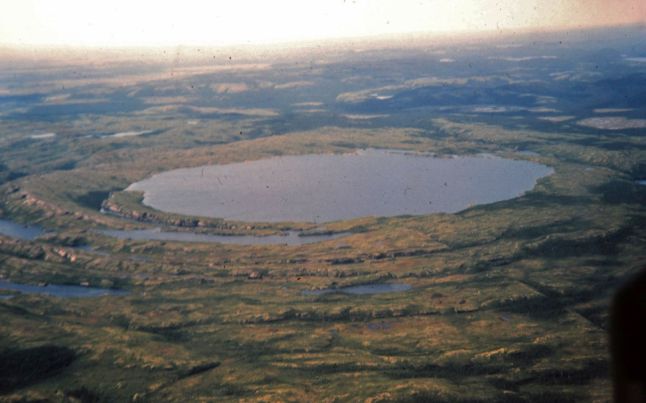
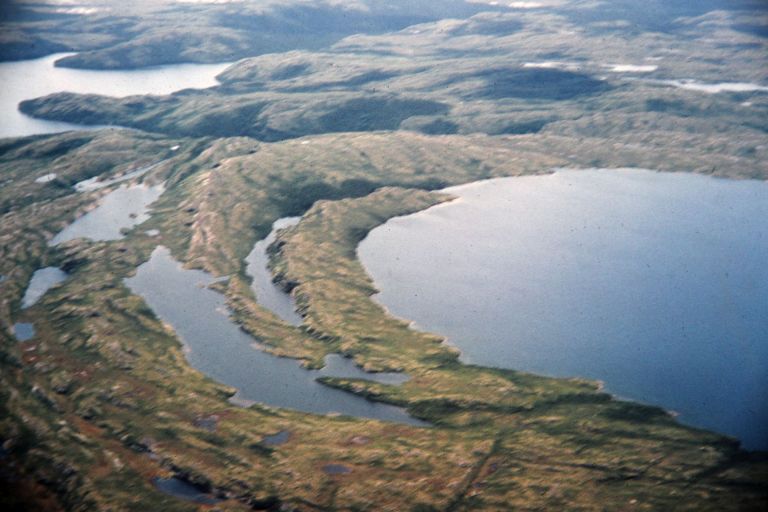

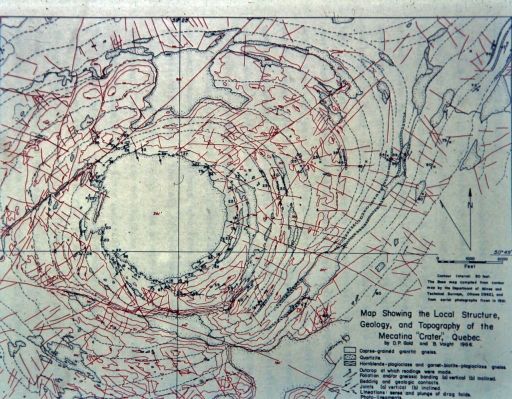

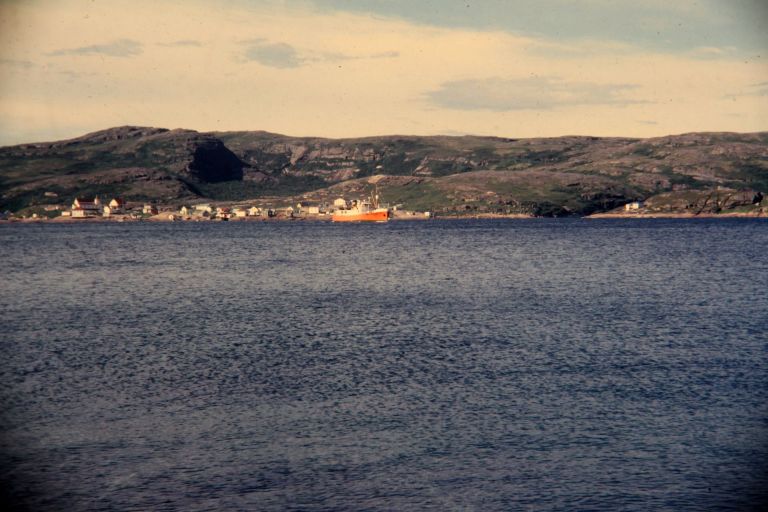
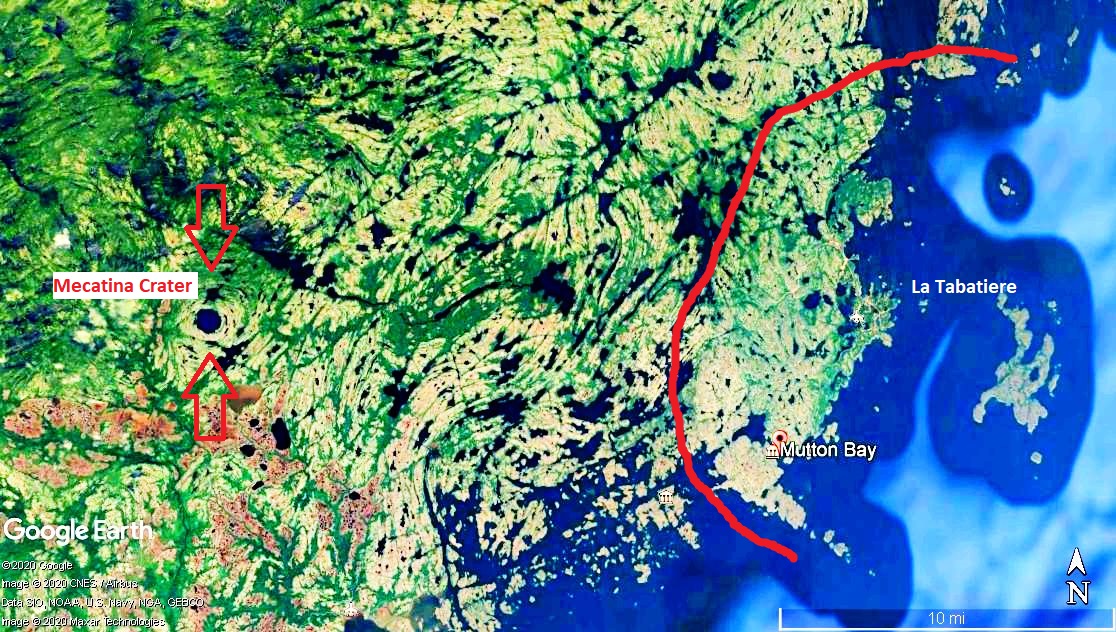


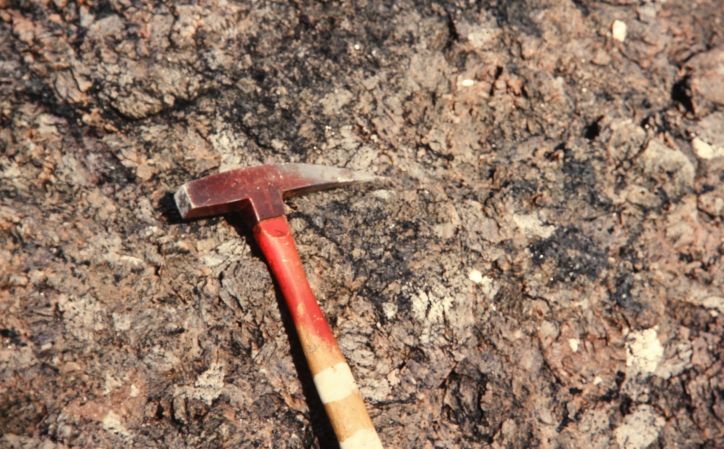
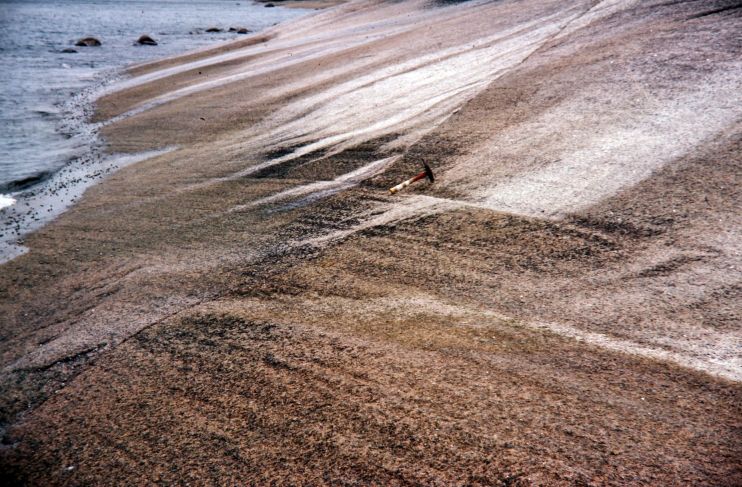

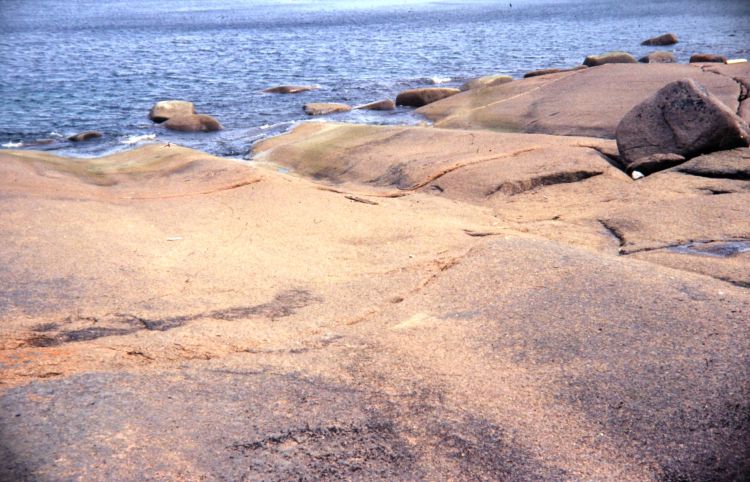
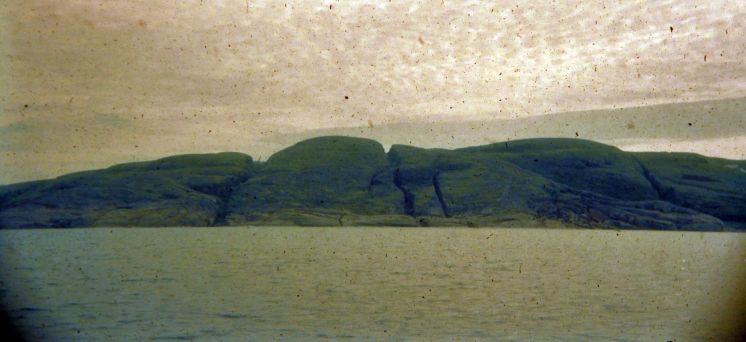
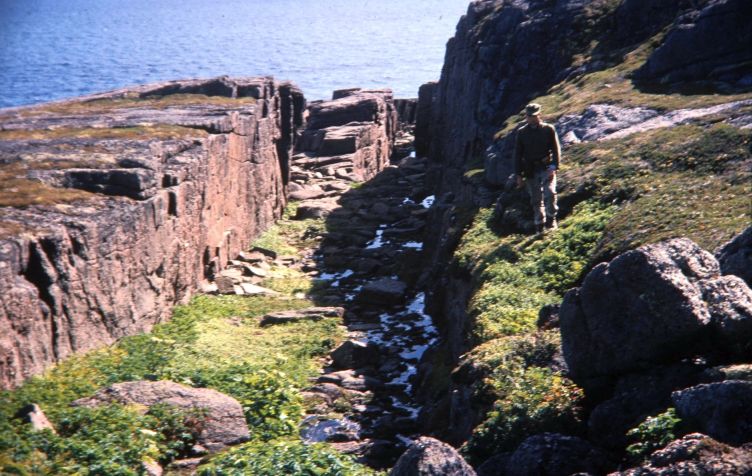

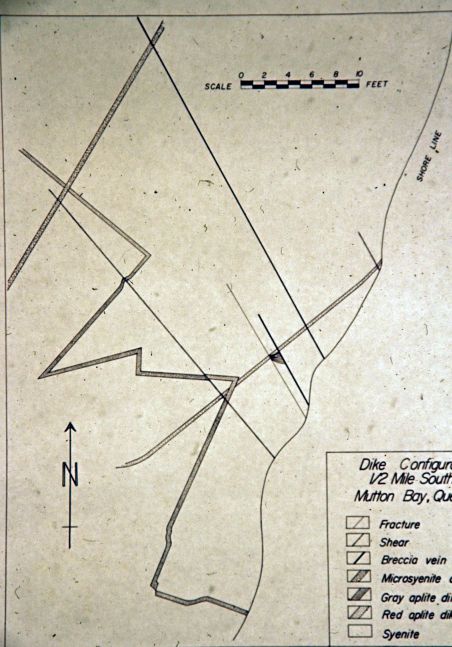
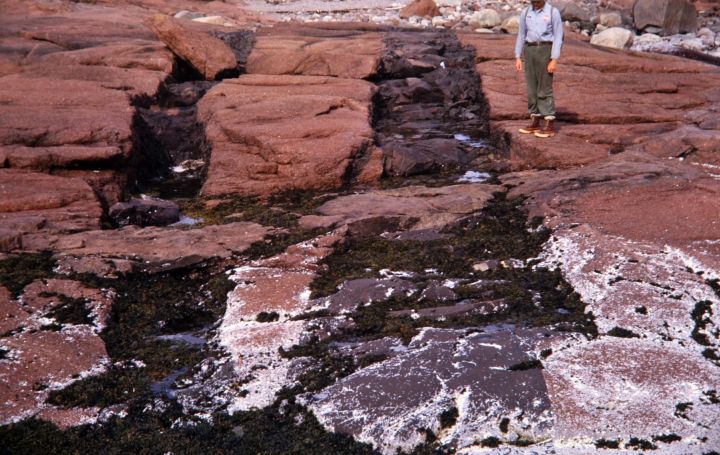
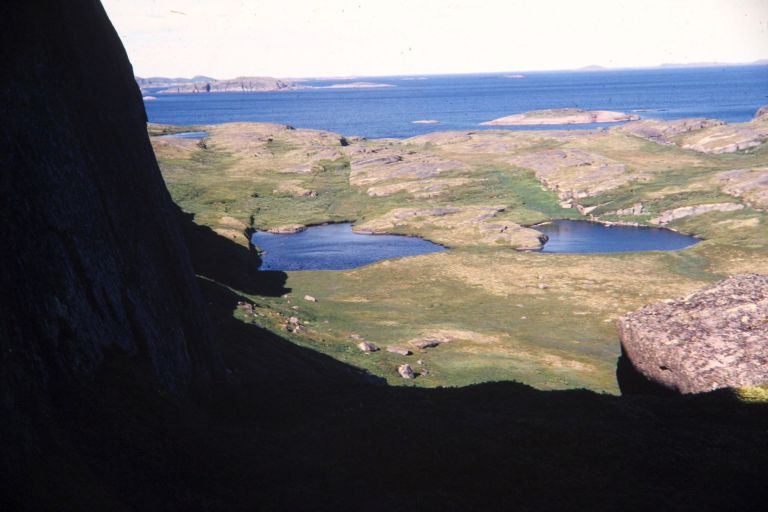

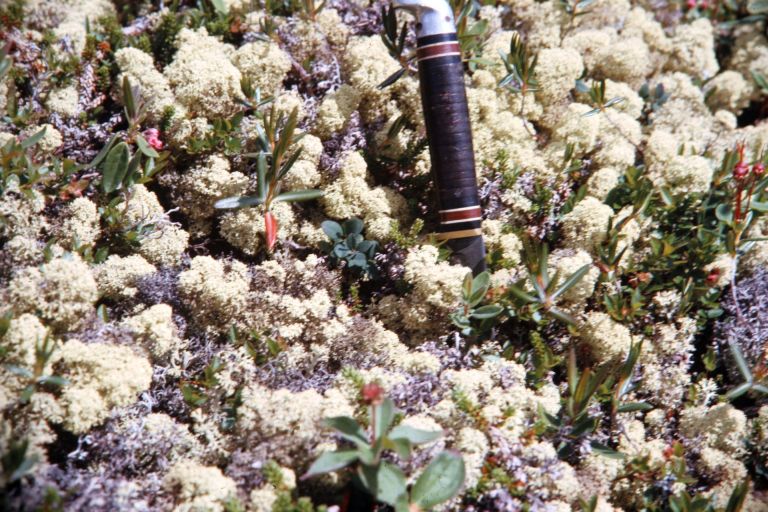
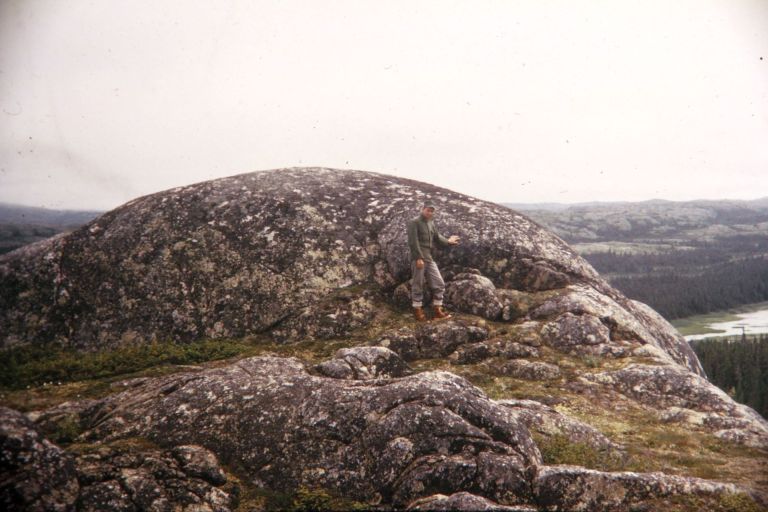
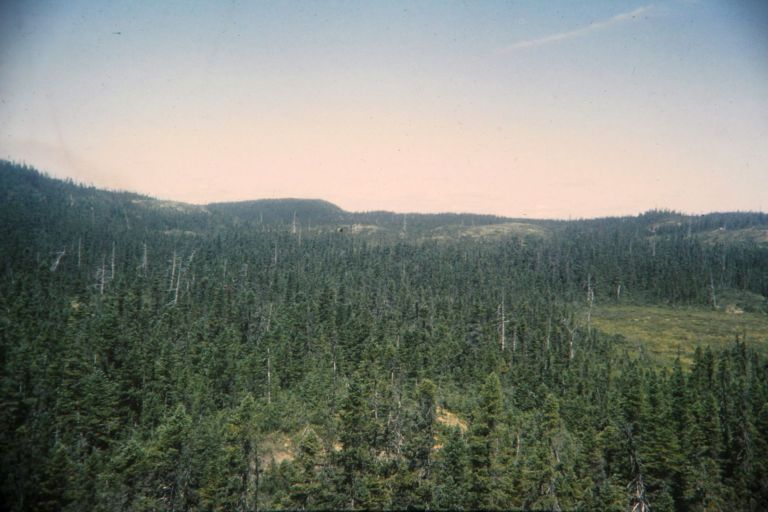
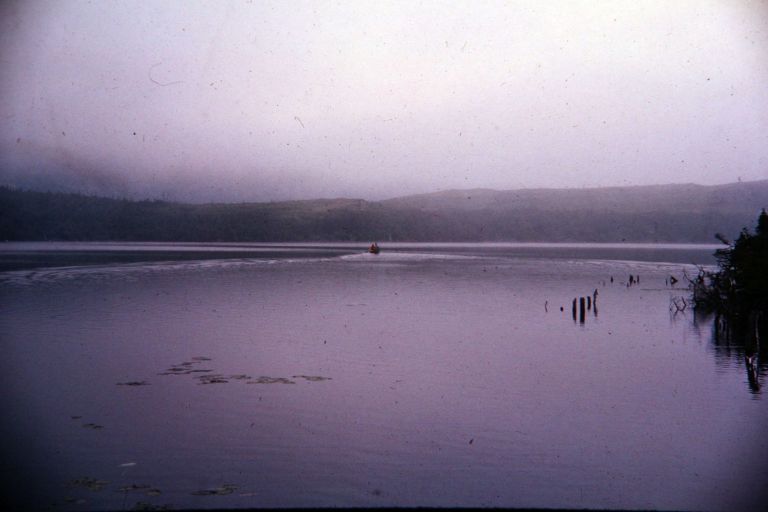
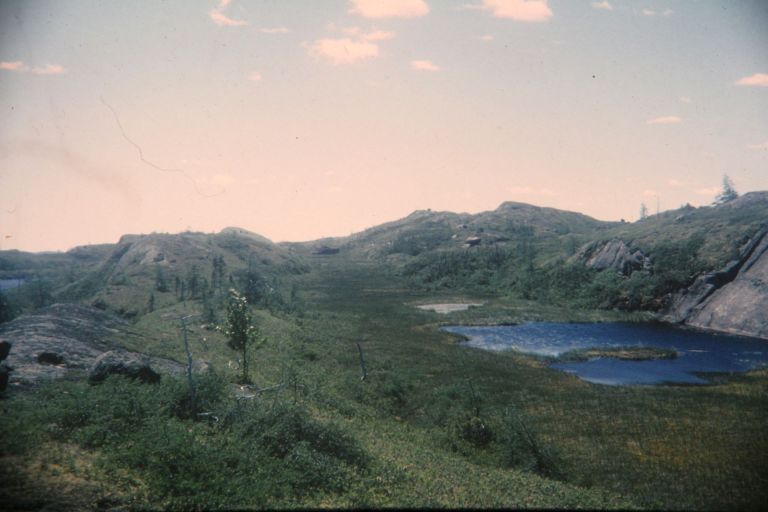
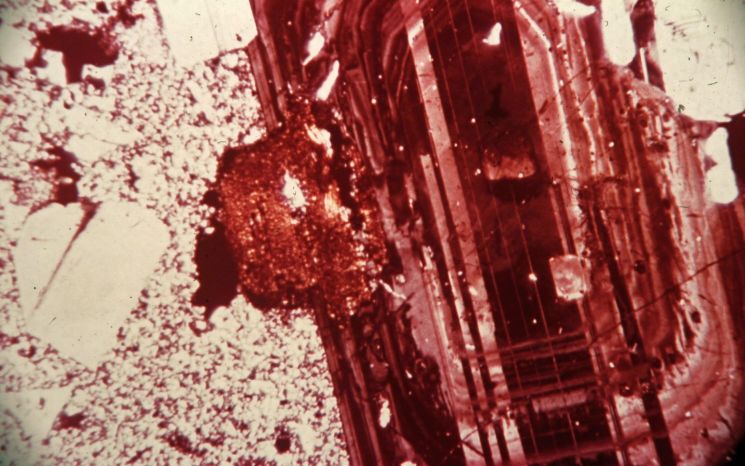
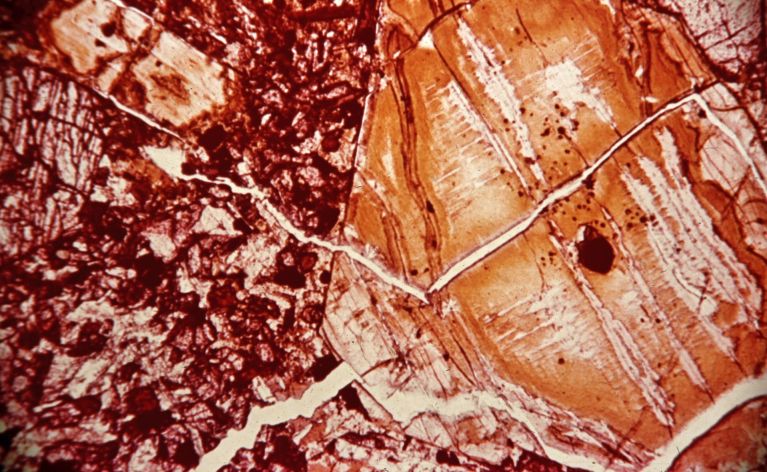
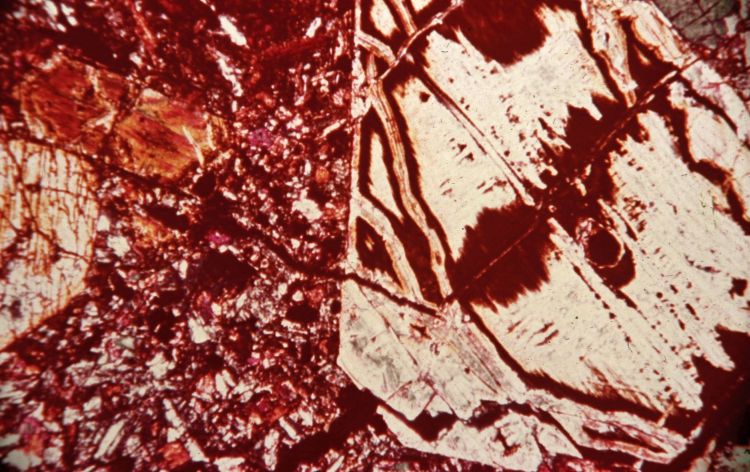
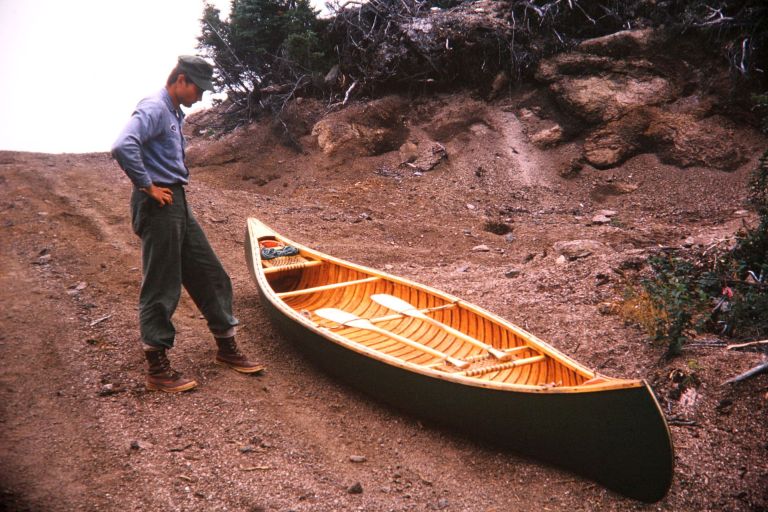
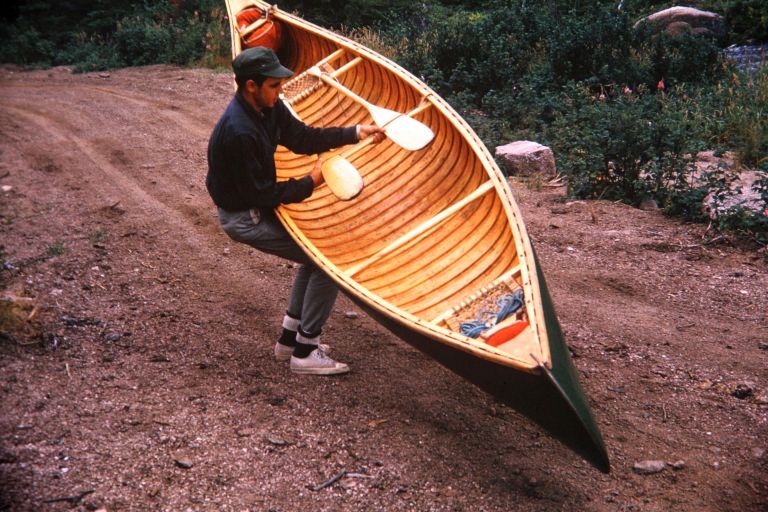

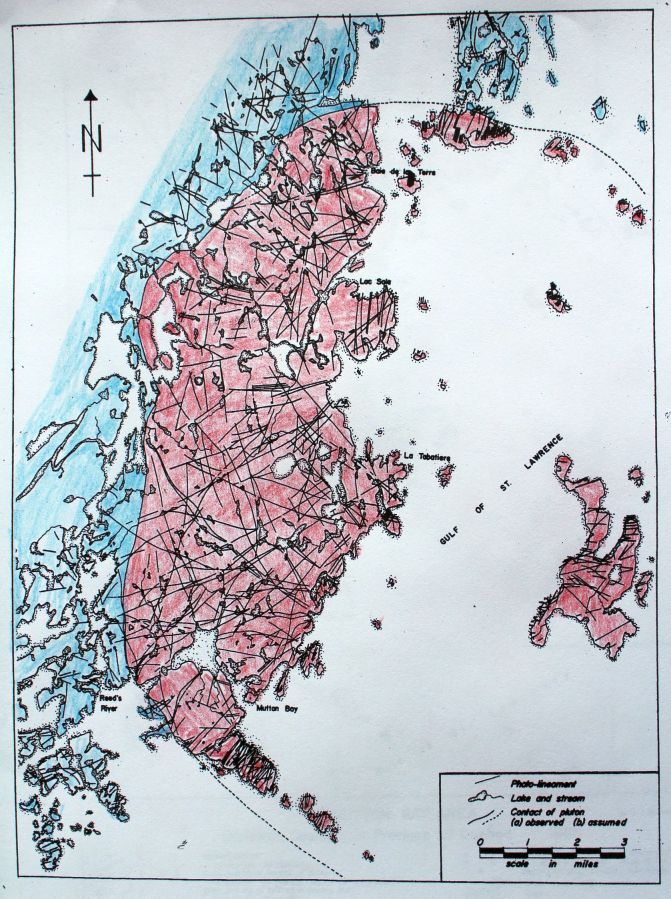

Gerencher, J. J., and D. P. Gold, Dept. Geology-Geophysics, Pennsylvania State University, University Park, PA.
Dikes are well exposed along the coast near Mutton Bay and La Tabatiere, about 80 miles southwest of Labrador, in an area largely underlain by a 15-mile-diameter syenite pluton. The pluton is dated at 650 m. y. (Davies, 1966) and intrudes Grenville gneisses. Structural studies and field relations of dikes and fractures indicate that the dikes are preferrentially oriented parallel to the coast, but have no definitive relationship to the fractures.
The chronological sequence of dikes is: (1) aplite dikes associated with late-stage consolidation of the syenite; (2) alkali gabbro dikes containing phenocrysts of titanaugite; (3) red microsyenite and black camptonite dikes, appearing to be the most common; (4) nepheline basalt and micromonzonite dikes; (5) breccia veins consisting of feldspar and quartz fragments in a finely crushed matrix.
The position in the intrusive sequence of a carbonite dike containing fragments of altered micromonzonite and of a limbergite dike is not known.
Magnetic studies on 21 samples did not yield a constant paleomagnetic vector.
The alkaline character of these dikes contrasts with that of the basaltic dikes near Mingan and on Anticosti Island which intrude Ordovician limestone and with post-Lower Cambrian flood basalts in southern Labrador and on Newfoundland. The recent suggestion (Kumarapeli and Saull, 1966) that the St. Lawrence valley represents a rift valley system of possible Mesozoic age is appealing, in that the dikes parallel the coast and exhibit alkaline affinities, as do the intrusives in the Monteregian Petrographic Province near Montreal.